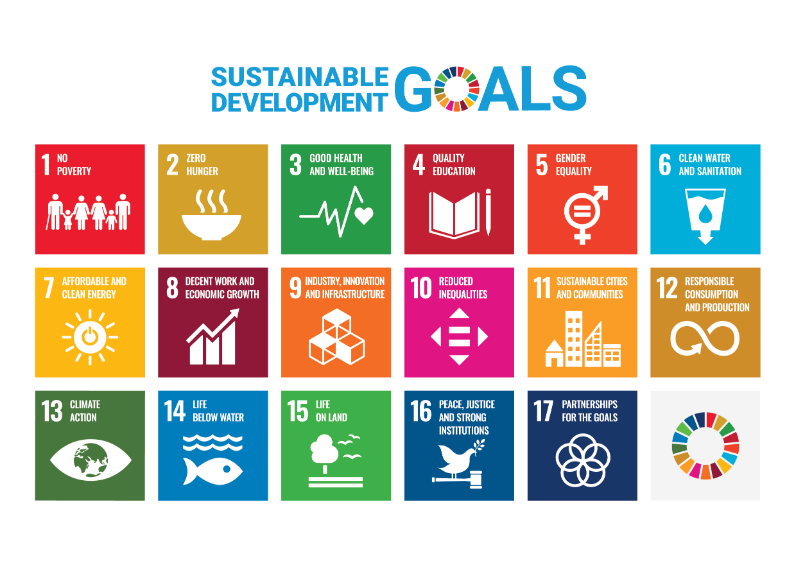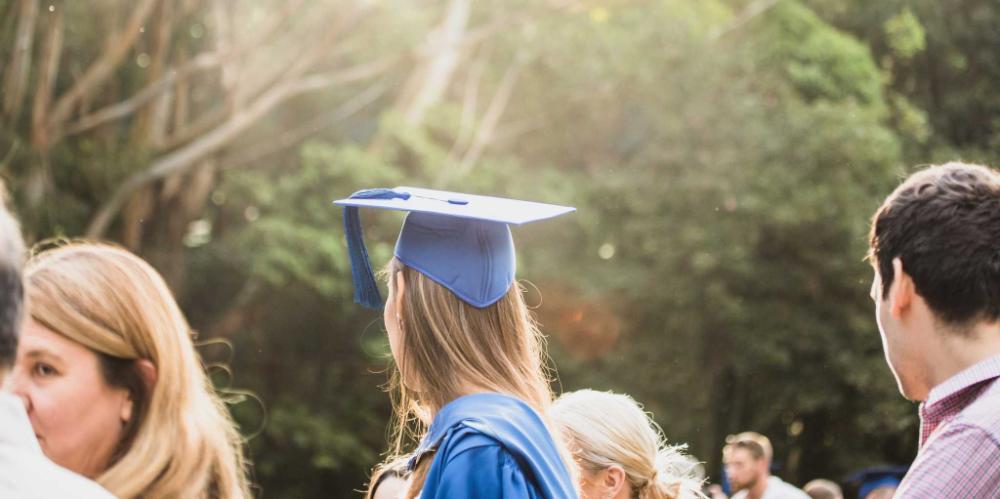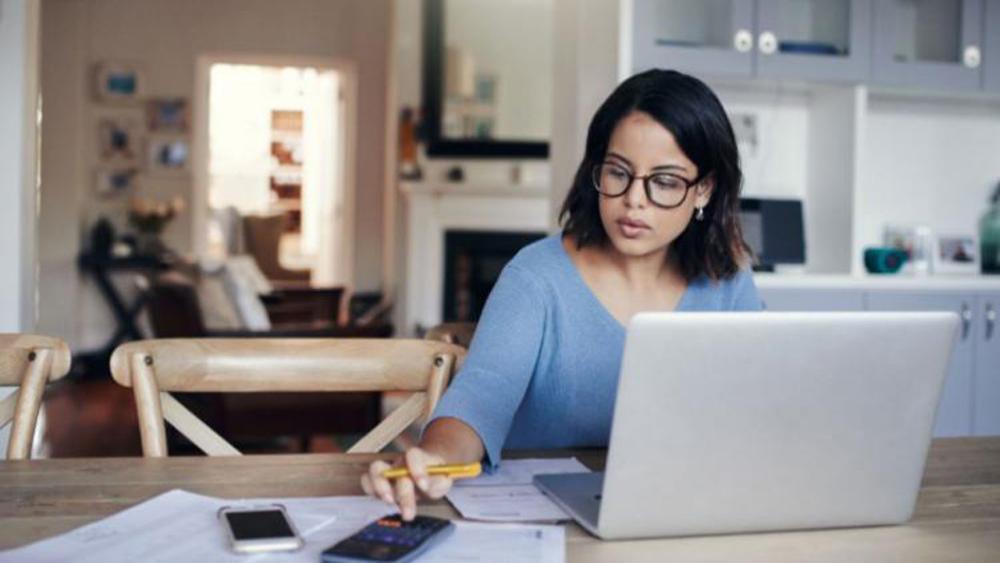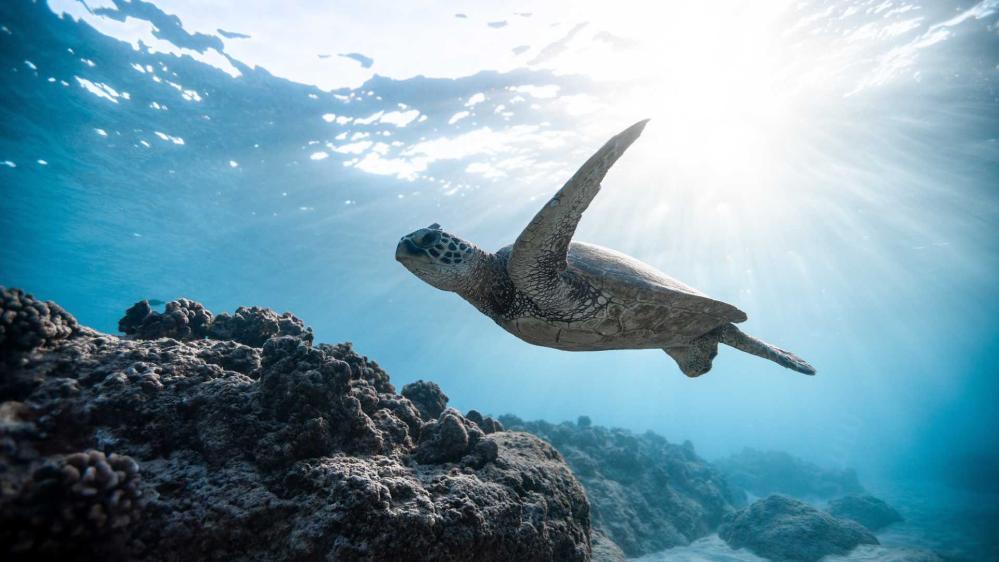:format(jpg)/prod01/channel_3/assets/contributed/magazines/outlook/2020/2020-A-sustainable-lens-on-COVID-19-desktop-499X281.jpg)
A sustainable lens on COVID-19
Continuing the work towards development goals during a crisis
An Agenda that comprises of 17 Global Goals that aim to eliminate poverty, protect our planet and ensure all people enjoy peace and prosperity by 2030 (UN 2020). Filtering down through all sectors since their inception, the 17 United Nations Sustainable Development Goals (SDGs) have cut across sectors; over 72 per cent of companies surveyed by PwC including them in annual reporting, 99 per cent of countries submitting an SDG Voluntary National Review report, academia commitment with 17 Australia and New Zealand Universities signing a formal regional SDG commitment (including UOW).
But the ‘Decade of Action’ towards the SDGs appears to have taken a sharp dive in focus with the COVID-19 crisis – or has it?
We can’t focus on sustainable development now – we are in a crisis! It’s a phrase that has been mentioned a few time of late. To be honest, it’s a phrase used a lot when we re-prioritise. We can be seen putting actions towards our most valuable resources on hold. But in all honesty, never before have we seen so much discussion around the UN Sustainable Development Goals in this country – we just don’t know we are doing it.
Childcare, domestic violence, Aboriginal injustices, livelihoods, jobs, education, teachers… – these are now focused topics of daily conversation. They were not previously. Our current collaborative approach is pushing to take a holistic view of our actions – just what is needed to meet the global challenges our world is facing.
During the recent disasters we can see heightened actions towards all of the UN SDGs. The real life examples listed below reveal how interconnected our actions are and by using the SDG framework we can holistically see our impact on the environment, the community in which we live and our economy. We cannot come out of the bushfires, COVID-19 crisis and racial injustice discussions to business as usual. We need to continue to work together, help each other and ensure that ‘no-one is left behind’.

SDG 1. No poverty
Lives and livelihoods for our most vulnerable have been forefront of conversations across sectors.
SDG 2. Zero hunger
A renowned focus on local fresh food as our diets change with restaurant closures. Help from support services increase as food security for our vulnerable becomes a focus eg: Ozharvest satellite hub @ Illawarra Flagstaff Group
SDG 3. Good health and well-being
Wide spread adoption of telehealth has changed the way healthcare is delivered. Alongside a focus on our frontline essential health care workers.
SDG 4. Quality education
Issues entrenched in our education systems have been highlighted, including inequality of funding between schools. The role of teachers in our children’s wellbeing and our reliance on international student’s forefront of conversations.

SDG 5. Gender equality
Family violence and in particular domestic violence on every major news channel as ‘home is not always a safe place to live’ is recognised.
SDG 6. Clean water and sanitation
Importance of water and how powerful it is for our health and reduction of infection. Highlighted countries that don’t have access to clean water.
SDG 7. Affordable and clean energy
Our daytime energy usage increased as we stayed at home but globally we are on our way to having the greatest annual CO2 emission reduction in history.
SDG 8. Decent work and economic growth
Working from home, unemployment, job keeper – an altered working lifestyle top of everyone’s conversation amidst looming recession discussions.

SDG 9. Industry, innovation and infrastructure
Business models were tipped upside down and innovation within country increased rapidly and encouraged as borders closed.
SDG 10. Reduced inequalities
The topic of inequality has been heightened and exposed in every area of our lives and the worry it will increase discrimination and disparity sits in the back of all our minds.
SDG 11. Sustainable cities and communities
As we reduced travel and said ‘hello’ to those we passed by during our daily walk, the way we run our urban lives is being questioned.
SDG 12. Responsible consumption and production
Supply chain mania as human self-serving panic buying exploded and take-away in plastic containers and plastic bags increased albeit an increased awareness of what is made within AUS.
SDG 13. Climate action
NASA and the European Space Agency confirm a direct effect on our atmosphere with a reduction in emissions and air quality improvement.
SDG 14. Life below water
Oceans, rivers and waters are becoming clearer.

SDG 15. Life on land
As we look out our windows and walk our pets’ way more than often, we cling to nature as it takes a breather.
SDG 16. Peace, justice and strong institutions
We have worked together, helped others and craved for united leadership to end injustices.
SDG 17. Partnerships for the goals
All sectors have come together to ensure lives and livelihoods are a priority. Politicians, scientists, nurses, teachers ….. one conversation.
So, as we are endeavour to return to a new normal after experiencing one of the most difficult moments in human history, we must continue to work towards the SDGs and holistically view the contributions that each of us are making. We cannot return to “business as usual” because it is not. The directions we go and the choice we make will have enormous impacts on our lives, careers, businesses and the world. We can choose to think differently. We must.